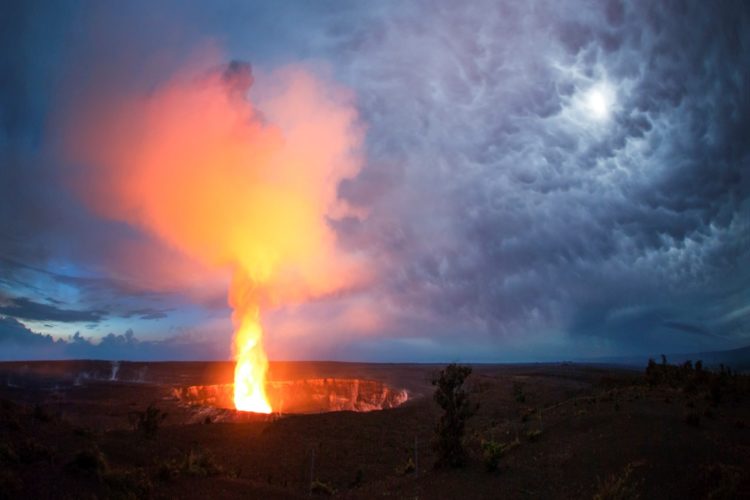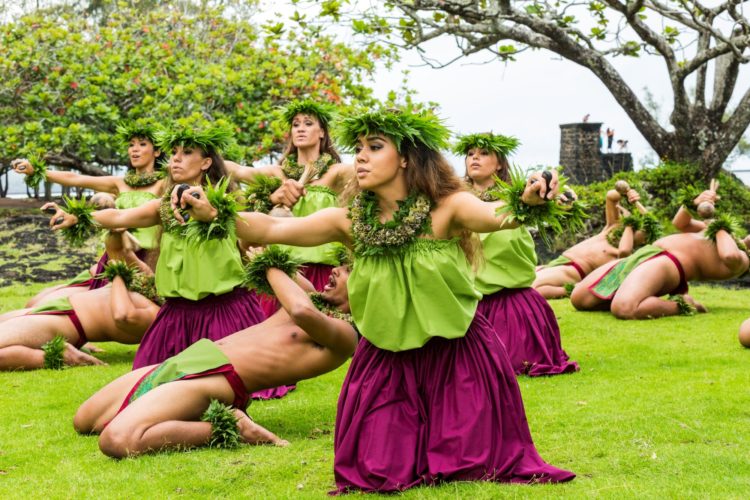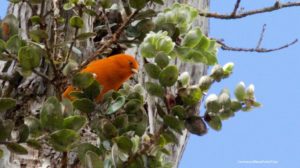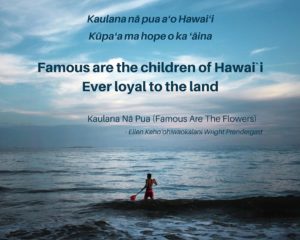We have much more to do and your continued support is needed now more than ever.
Highlighting Indigenous Kinship with Nature
IUCN's Upcoming World Conservation Congress in Hawaiʻi

The upcoming International Union for the Conservation of Nature (IUCN)’s World Conservation Congress (#IUCNCongress) in September is our opportunity to share with other global citizens our amazing islands. WCC, long supported by the National Wildlife Federation and their Hawai‘i state affiliate Conservation Council of Hawai‘i, is also a chance to highlight the extraordinary host culture that nurtures these remarkable resources. People often talk about environmentalism in terms of stewardship, but for Native Hawaiians, the relationship is one of kinship.

We are literally the children of this land, kama‘āina. We call this land our “one hānau” the sands of our birth. Our origin stories or genealogy, mo‘okū‘auhau, link us to this place. To us, the Earth is Mother, Papahānaumoku – “Papa who gives birth to Islands”.
Our inspiration continues to grow from our environment. With an extraordinary cache of native language resources, Hawaiians enjoy a long history of knowledge transmission through a variety of practices that continues today. Scientific data lies thoroughly embedded in our expressions of cultural knowledge, whether in song, story, dance, or other forms.

This existing traditional ecological knowledge of Hawaiians developed from thousands of years of prosperous living on the islands free from outside influence. Extending far beyond cultural heritage, our knowledge includes complex understandings of evolutionary biology, watershed health, agricultural, aquaculture, and resource management that allowed over 1 million people to sustainably reside in Hawai‘i. This expertise will be integrated into the programming across the Congress. It is a model of sustainability that we continue to find ways to perpetuate – for our children’s sake and for our planet’s survival.
Hawai‘i, as an island, is a microcosm of the planet. We have seen our island communities struggle, realizing our resources are fraught with fragility and challenges. Yet, true island people understand the necessity of clinging together in times of greatest adversity.

We understand the need to protect critically endangered species, such as the Hawaiian monk seals, as Hawai‘i remains the site of some of the most diverse and threatened ecosystems on the planet. It is called the “endangered species capital of the world,” yet these tiny islands just passed the broadest wildlife trafficking ban in the nation.
You cannot imagine how painful it is to walk through a forest knowing the songs of beloved, native forest birds that once filled those very spaces are gone forever. It is the heaviest silence in the world. We are a small population that fights so hard to protect our beautiful home, because we know loss and we want to stop the loss from continuing.
We understand it is essential to find ways to transform fear into faith – to turn loss into love and hope. So we offer the planet our own experiences as it stands at the crossroads, and we hope the road ahead for all of us is enriched with the knowledge of the past as it forges its way into the future.
NWF encourages members, supporters and affiliates to consider how they can be part of this momentous opportunity and to support the 2016 IUCN World Conservation Congress.
Tell us what conservation topics you’d like to see discussed in the comments below!

 About the Author: Trisha Kehaulani Watson, JD, PhD (Native Hawaiian) is the Co-Chair of IUCN’s Theme on Indigenous Peoples, Local Communities, Equity and Protected Areas and on the steering committees of both the Commission on Environmental, Economic, and Social Policy (CEESP) and World Commission on Protected Areas (WCPA).
About the Author: Trisha Kehaulani Watson, JD, PhD (Native Hawaiian) is the Co-Chair of IUCN’s Theme on Indigenous Peoples, Local Communities, Equity and Protected Areas and on the steering committees of both the Commission on Environmental, Economic, and Social Policy (CEESP) and World Commission on Protected Areas (WCPA).





















